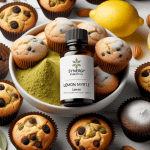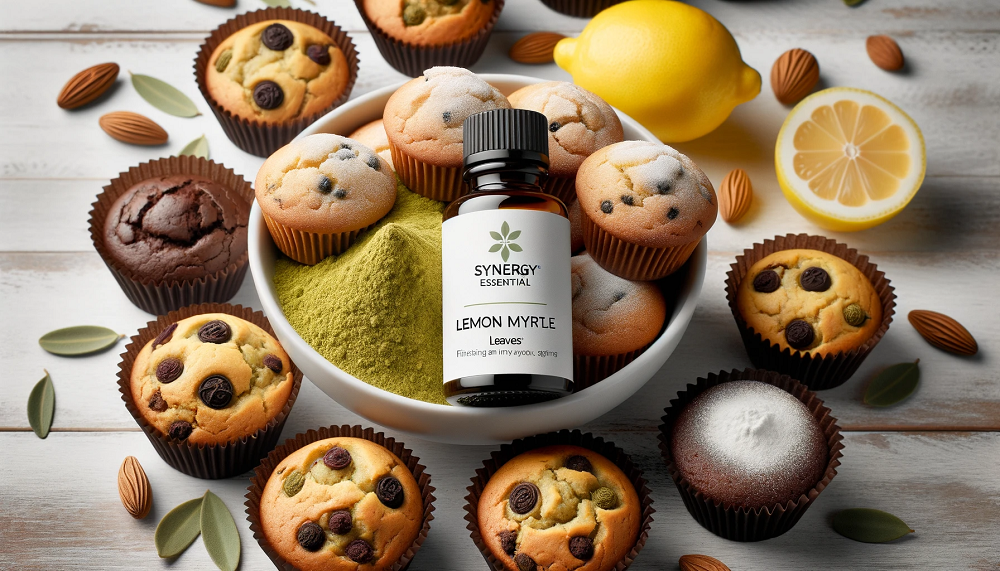- Sustainable herb farming helps Australian land recover and remain productive for the long term.
- Vertical farming technology reduces water use and greenhouse gas emissions.
- Local herb cultivation cuts supply chain distances and associated carbon footprint.
- Consumer demand for low-impact, traceable produce is driving farmer innovation.
What It Is and Why It Matters Now
Sustainable herb farming in Australia refers to cultivating herbs using farming practices that maintain soil health, conserve water, and minimise environmental impact. These methods often include crop rotation, organic soil amendments, integrated pest management, and innovative systems like vertical farming. In 2025, with changing climate conditions and heightened environmental awareness, farmers and policymakers are prioritising resilient, low-waste food production systems (ABC News Australia; CSIRO).
Benefits and Evidence
Current research highlights several environmental benefits when herbs are cultivated sustainably in Australia:
- Soil regeneration: Practices such as composting and mulching restore soil organic matter, which supports biodiversity and plant resilience.
- Water conservation: Drip irrigation and hydroponic systems used in vertical farms significantly reduce water loss compared to traditional methods.
- Reduced carbon footprint: Growing herbs locally shortens transport distances, lowering emissions from freight.
- Year-round supply: Controlled-environment systems stabilise production despite weather extremes.
While these improvements are notable, the scalability and economics of certain systems (like vertical farms) remain under study, and outcomes can vary depending on farm size, location, and market access.
How to Use
Fresh, sustainably grown herbs can be integrated into daily cooking or wellness routines to enhance flavour and reduce reliance on highly processed flavouring agents. Here are some practical ideas:
- Grow a small windowsill or balcony garden to supplement purchased herbs.
- Buy from local farmers’ markets or direct from sustainable growers.
- Preserve seasonal abundance through drying or freezing to minimise waste.
| Form | Common Uses |
|---|---|
| Fresh | Salads, garnishes, marinades |
| Dried | Soups, sauces, baking |
| Frozen | Stir-fries, stews, smoothies |
Quality and Sourcing
When purchasing herbs, look for evidence of sustainable cultivation such as organic certification, water-efficient farming claims supported by audits, or transparent supply chain information. Avoid products with excessive packaging, and prefer suppliers who disclose farming practices.
At Synergy Essential, we prioritise herbs that are traceable from farm to customer, sourced from growers who use regenerative methods and minimise post-harvest processing to retain natural aroma and quality.
FAQs
Q1: Is sustainable herb farming more expensive?
Costs can be higher initially, but efficiencies such as reduced waste and premium market positioning can improve long-term returns.
Q2: Can urban vertical farms supply enough herbs for a city?
They can meet a significant share of demand for high-value crops like herbs, but integration with other food systems remains important.
Q3: Are imported herbs less sustainable?
Not always, but imports often carry higher transport-related emissions compared to locally grown produce.
Q4: How do I know if herbs are sustainably grown?
Check for credible certifications, farmer transparency, and direct sourcing details on packaging or websites.
Q5: Do sustainable practices affect flavour?
Healthy soils and careful handling can enhance essential oil content, potentially resulting in richer flavour.
Disclaimers
This article is for informational purposes only and is not medical advice. For personalised dietary, health, or environmental guidance, consult a qualified professional.
Conclusion
As Australia navigates both climate challenges and shifting consumer expectations, sustainable herb farming stands out as a key contributor to resilient, low-impact food systems. By supporting local, environmentally responsible growers, we help protect our natural resources while enjoying fresher, more flavourful produce. For more insights on sustainable wellness living, visit Synergy Essential’s blog.

